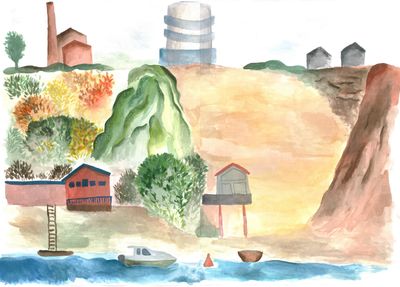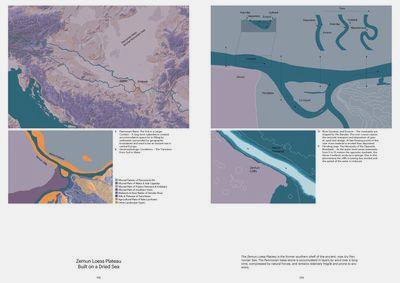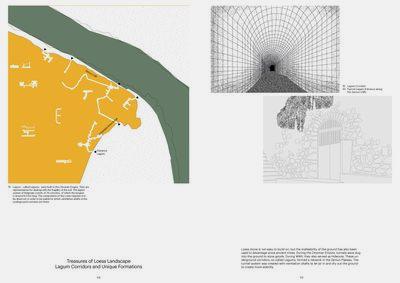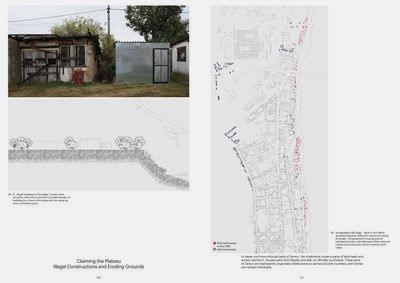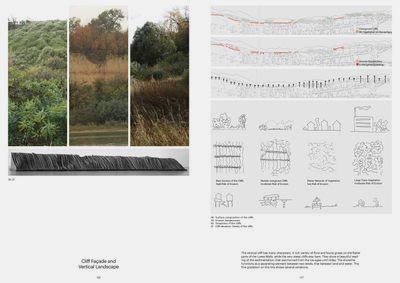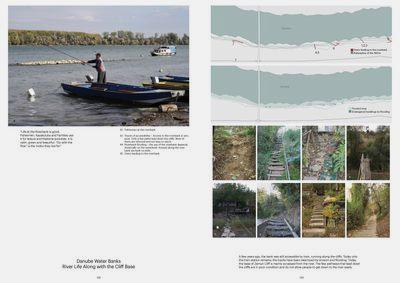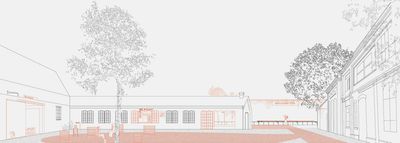Skriveni Zid ZemunZemun Hidden Cliff: Revealing the Nature MonumentLisa Adelmann and Djoa Strassburg

West of the Gardoš Hill in the historic core of Zemun, the Danube River cuts a steep cliff through an elevated alluvial plateau. While most of the Danube’s shore is made up of low-lying floodplains, here the loess of the Srem Plain forms a high barrier to the river’s currents. The northern outskirts of Zemun have stretched along this embankment since the early 20th century, but few measures have been undertaken to fortify the underlying clay and sand sediments that the river’s current washes away. After centuries of erosion, some of the loess coastlines have turned into cliffs with up to 90 % vertical gradient, leaving them vulnerable to mass wasting from precipitation and river currents. In the previous centuries, settlers dug vertical shafts into the ground to ventilate a vast underground network of tunnels and storage spaces, which kept the soil dry and compact. With the rapid expansion of the town of Zemun this system was neglected or used as an illegal dumping site. In the last three decades there have been a number of landslides, which endangered buildings and roads and claimed human lives.
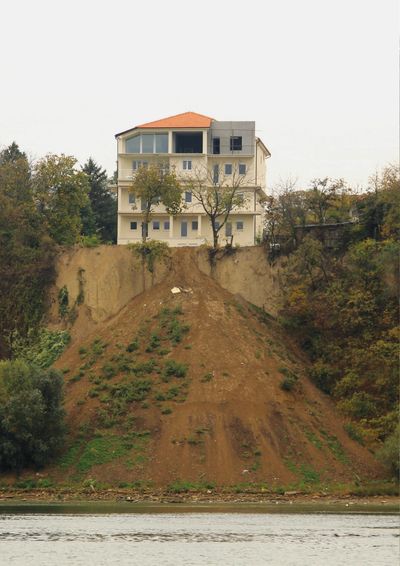
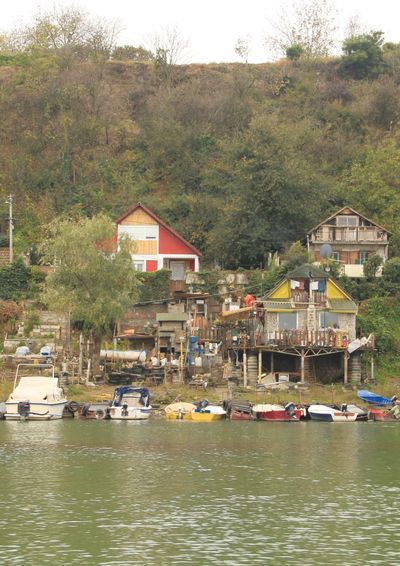
Nevertheless, this embankment—which can reach up to 25 metres in height—has become an attractive but unstable ground for informal settlements. As the demand for housing increases, single-family homes are being replaced by multi-storey apartment buildings. These informal structures creep ever closer to the eroding cliffs in search of a river view. Down at the river’s edge, informal shipyards and barrack settlements have nestled into the steep slopes, hidden away from view of the authorities. The recent construction of the Mihailo Pupin Bridge, which connects Zemun and New Belgrade with the agricultural plain and Third Belgrade, has made this area increasingly attractive for housing and industry. Simultaneously, the Belgrade General Plan partly protects this fragile coastline as a natural monument.
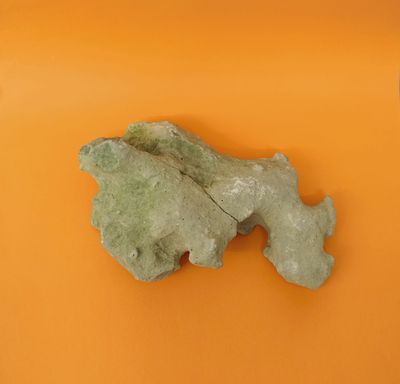
The project Zemun Hidden Cliff: Revealing the Nature Monument explores programs and conditions under which the unstable ground of Zemun could be protected. Even though the cliff area is a public good, it is not recognised as a landmark neither widely noticed as a public landscape. A set of strategic connections is proposed to reintegrate the Zemun Cliff into the panorama of Belgrade’s metropolitan public landscapes, making it accessible and tangible. Additionally, the project highlights the different characteristics of a nature monument as it combines the focus and protection of the geological beauty and hidden man-made artefacts. Bringing more consciousness and visibility to the unique natural monument, intervening with light and punctual structures will reveal the site to the public, secure the fragile ecosystem of the river, and keep the shoreline intact so that it can perform as a safe recreational space for the neighbourhood.
